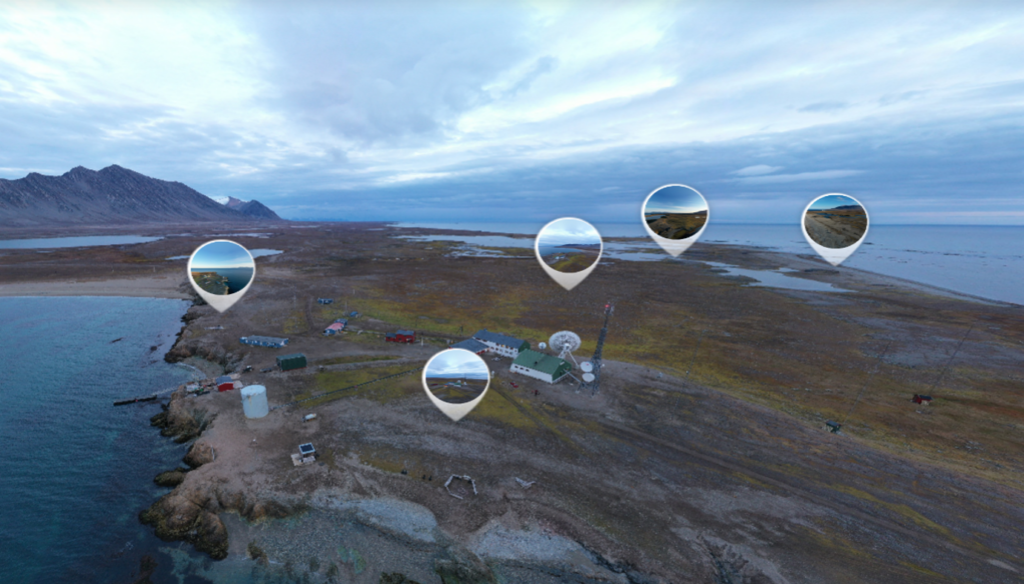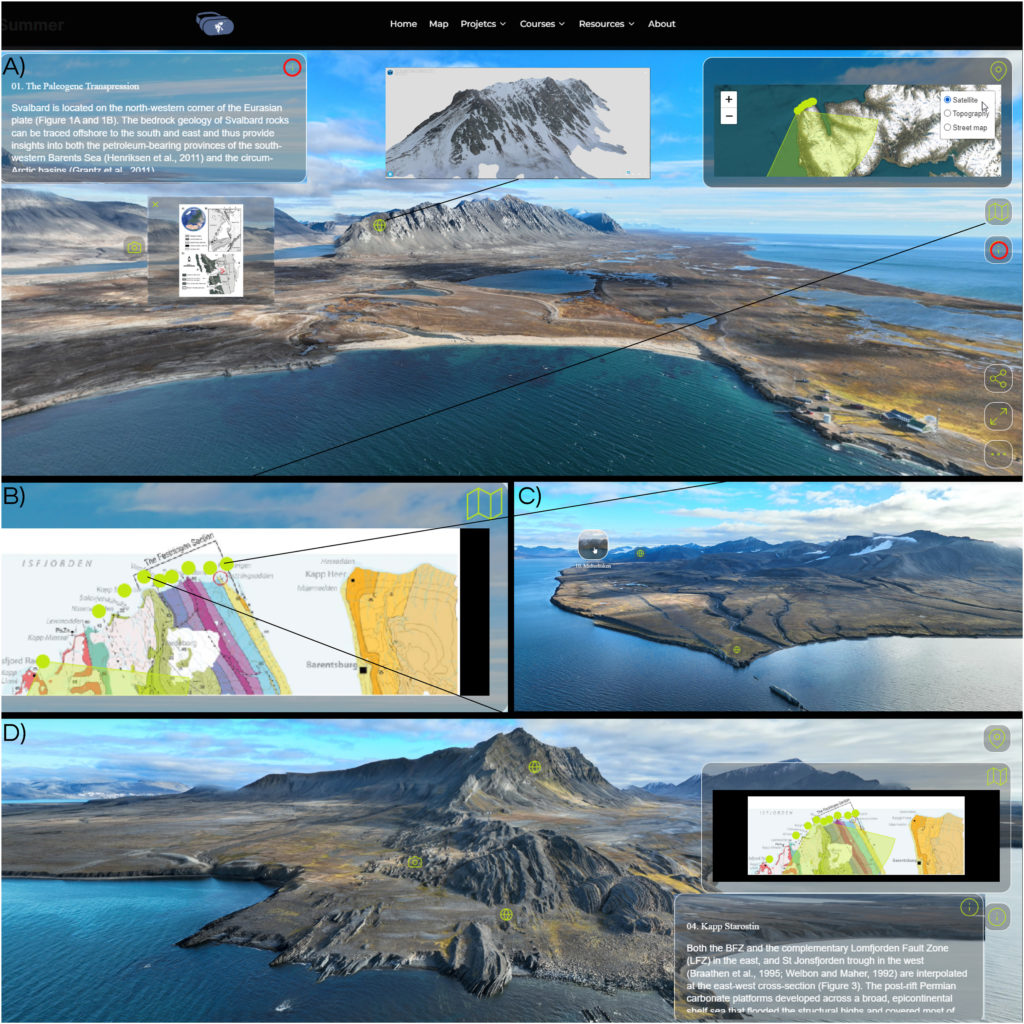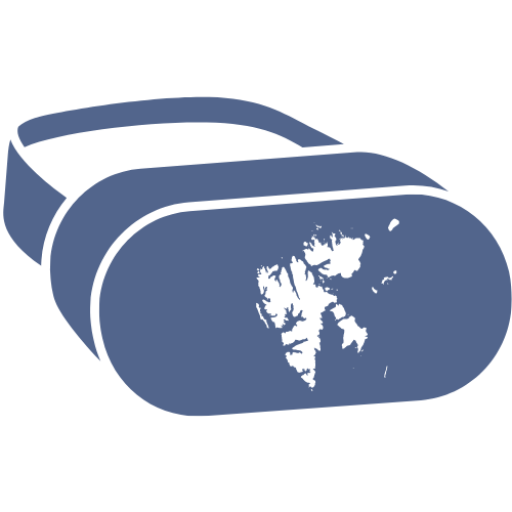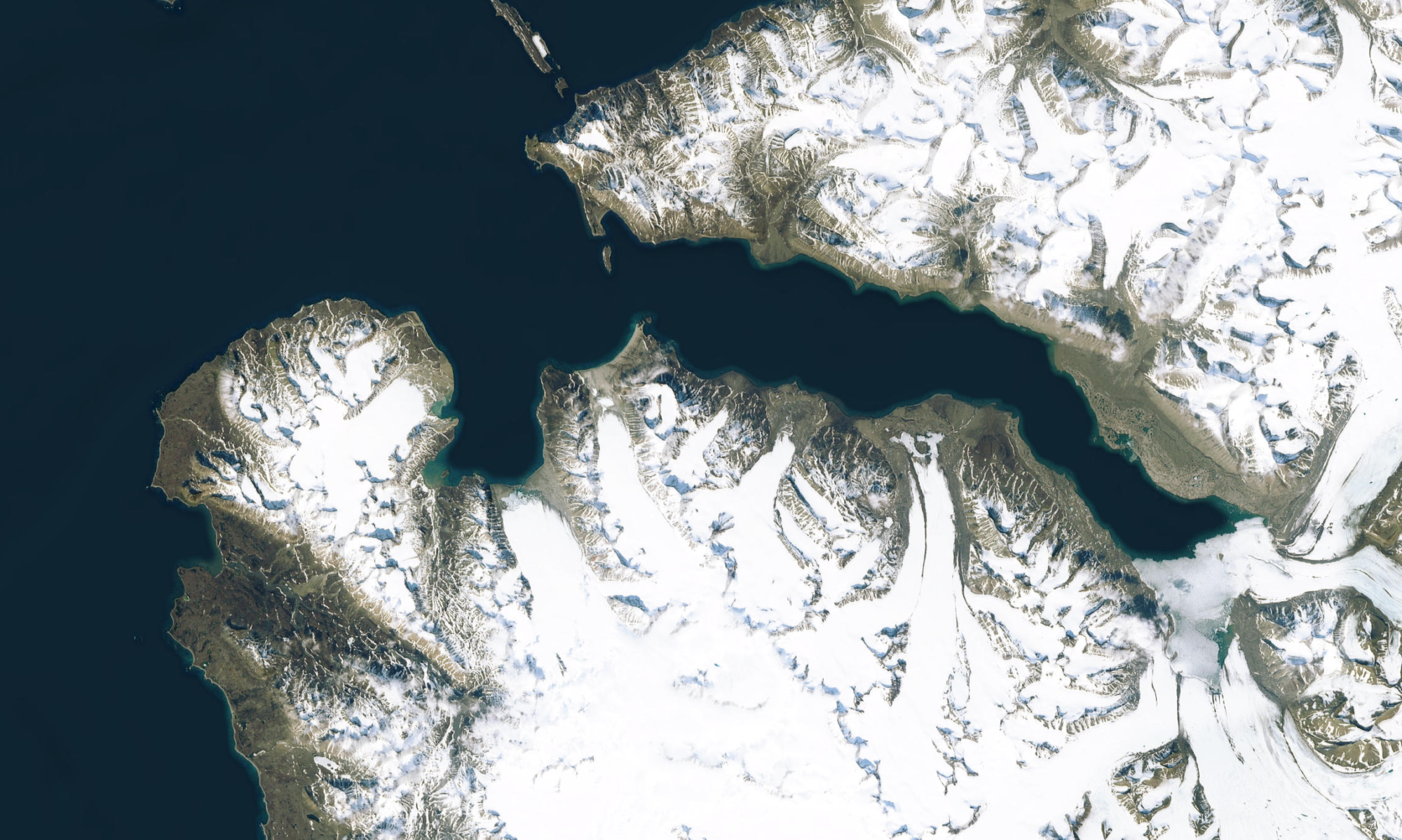Virtual Tours
What is a Virtual Tour?
A Virtual Tour is a sequence of panoramic images that are “stitched” together to create a virtual experience of any location. Once created, the viewer is able to experience what it is like to be somewhere they are actually not. This virtual tours can be experienced through desktop computers, laptops, tablets, mobile devices, and even in an immersive view mode with Head-Mounted Displays (HMD).

Virtual Field Guides
What is a Virtual Field Guide (VFG)?
A Virtual Field Guide is an interactive, digital resource that provides students, researchers, and professionals with a way to explore geological sites and formations remotely. In essence they try to capture the real world environment of a specific location or region through a variety of multimedia content, including images, videos, maps, and interactive 3D models, without the trouble of physically being there, usually with the purpose of teaching (Carmichael & Tscholl, 2011).

VFG in Geoscience Teaching: a New Perspective
Coming to Svalbard as an UNIS geoscience student is a big challenge on its own, and no one can really prepare them for what they will face when out in the field. Sure, they will have access to literature and training at UNIS before heading out, plus they can always rely on every bit of information the course responsible and UNIS’s logistics department safety briefs have to offer to build the best mental scenario of the arctic.
However, sometimes it can be hard to develop a mindset over a harsh and dangerous environment without never having experienced it, only through lectures, literature, photographs, and videos. That’s because it is just too difficult for our brains to abstract something that is totally different from their previous experiences, especially when they can only rely on 2D visual inputs from images to do the job. Also, it has already been established that a long-lasting learning experience will always depend upon extimulating as many senses as possible, with repetition, and ever-growing intensity. That’s what has been considered a good field learning experience for centuries.
At UNIS, most new coming students have never been above the arctic circle (66º parallel), and UNIS courses’ tight schedules provide few opportunities for students to explore Longyearbyen’s surroundings, away from the Polar bear safety zone, before they can legally even carry the necessary safety equipment. Hence, by the time students manage to overcome this issue, the outdoor learning opportunity may have come too late in the semester. This leaves the students with the hard task of acclimating and understanding the arctic harsh environment while in the field, where they also need to cope with an overwhelming amount of information, sometimes without a clear notion of what is expected from them in terms of learning outcomes, thus creating many distractions to their learning process.
That is why we build the VR Svalbard. A platform that displays Virtual Tours and Virtual Field Guides developed using a series of high-resolution 360º images, seamlessly combined with 3D models of the most visited sites of UNIS’s Arctic Geology and Arctic Geophysics courses.
In this platform, students can visualize and experience real 3D environments of Svalbard both in desktop and in immersive Virtual Reality (iVR) to start building their own individual mental scenario of the arctic with a meriad of exemples like rocky outcrops, valleys, rivers, glacier, vegetation cover and more before even coming to Svalbard.
We hope this new type of interaction can potentialize students learning outcomes in UNIS geology and geophysics courses, and educate the general public about the effects of climate change above the 66º parallel.
Rafael Horota
*Copyright © 2020, 2021, 2022 & 2023 Svalbox. Some Rights Reserved. Betlem, Peter, Rodes, Nil, Senger, Kim, Horota, Rafael, & Svalbox Team. (2022). Svalbox 360 images 2020. Zenodo. https://doi.org/10.5281/zenodo.7285056. Betlem, Peter, Rodes, Nil, Horota, Rafael, Senger, Kim, & Svalbox Team. (2022). Svalbox 360 images 2021. Zenodo. https://doi.org/10.5281/zenodo.7286132. Horota, Rafael, Betlem, Peter, Rodes, Nil, Senger, Kim, Janocha, Julian, Mosociova, Tereza, & Svalbox Team. (2022). Svalbox 360 images 2022. Zenodo. https://doi.org/10.5281/zenodo.7288143.

